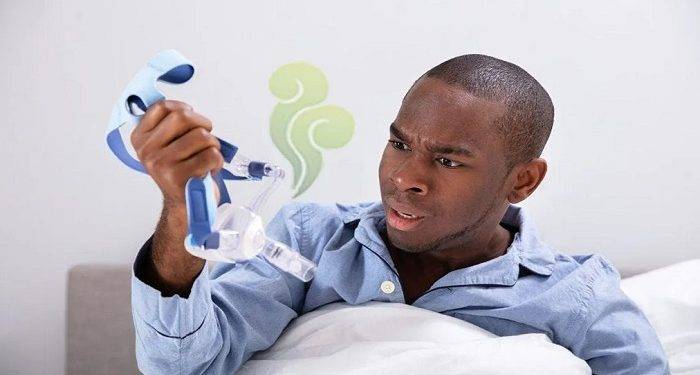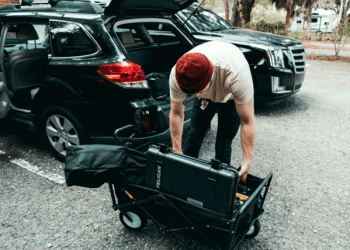Sleep apnea therapy with a CPAP machine can change a person’s life by giving them a good night’s sleep and making them healthier generally. But there are times when people who use CPAP machines may feel uncomfortable or even sick while using them.
If you notice that your CPAP device is making you sick, it is important to figure out why and take the right steps. In this blog, we’ll talk about common problems and give you tips on how to deal with them.
Contaminated Equipment:
There are bacteria, viruses, and mold in CPAP machines, which is one of the main reasons why they can make you sick. Moisture from breathing and warmth can make a good place for microbes to grow. When you breathe through a dirty mask or tube, you may be inhaling dangerous germs that can cause lung diseases and other illnesses.
Solution: Clean and sterilize your CPAP machine on a regular basis. Follow the cleaning directions from the manufacturer, which may include washing the mask, tubes, and humidifier chamber with light soap and water. Also, think about using a UV CPAP cleaner or an ozone CPAP cleaner to disinfect your equipment fully and get rid of bugs and other germs.
Inadequate Cleaning Practices:
When you don’t clean your CPAP equipment properly, dangerous microorganisms can grow. There is a higher risk of respiratory problems due to the buildup of germs and mold that might result from insufficient cleaning or the inability to clean particular components.
Solution: Set up a regular cleaning schedule. Take the time to take apart and clean each part of your CPAP machine on a frequent basis. Pay close attention to the mask, the tubes, and the humidifier chamber. Follow the manufacturer’s guidelines for how to clean and how often to keep things clean.
Incorrect Humidification Settings:
During treatment, the humidifier part of your CPAP machine can help with dryness and pain. But if the humidity levels are too high or the water in the humidifier container isn’t changed often enough, it can make a place where mold can grow. When you breathe in air that has been through a dirty humidifier, it can cause breathing problems and allergic responses.
Solution: Change the humidifier settings based on how comfortable you are and what the manufacturer suggests. To keep minerals from building up in the humidifier box, use pure water and change the water every day. Clean the chamber of the humidifier often to get rid of any buildup or mold.
Allergies or Sensitivities:
Some people who use CPAP technology may develop allergies or reactions to the materials used to make it. This can cause signs like skin rash, stuffy nose, coughing, and even trouble breathing.
Solution: If you think you might have an allergic response or sensitivity, try different masks, cushions, or nasal pillows made from safe materials. Talk to your physician or an expert in CPAP technology to find options that fit your needs and reduce the chance of side effects.
Inadequate Air Filtration:
Most CPAP units have built-in air filters which assist in clear allergens, dust and other pollutants from the air. Over time, these screens can become clogged or dirty, making them less effective at keeping the air clean during therapy.
Solution: Check and clean or change the air filters in your CPAP device as suggested by the maker. This makes sure that there are no dangerous particles in the air you take during treatment.
Environmental Factors:
Your health can also be affected by how you use your CPAP device. Dust, cat hair, pollen, or other allergens that float through the air can get into the airway and cause pain or breathing problems.
Solution: Keep your bedroom clean and free of things that could cause allergies. Especially in the bedroom, you should dust and clean often. You should think about getting an air purifier or filter if the air quality is poor. If you are allergic to pet dander, it is recommended to routinely wash bedding and to keep animals out of the bedroom.












